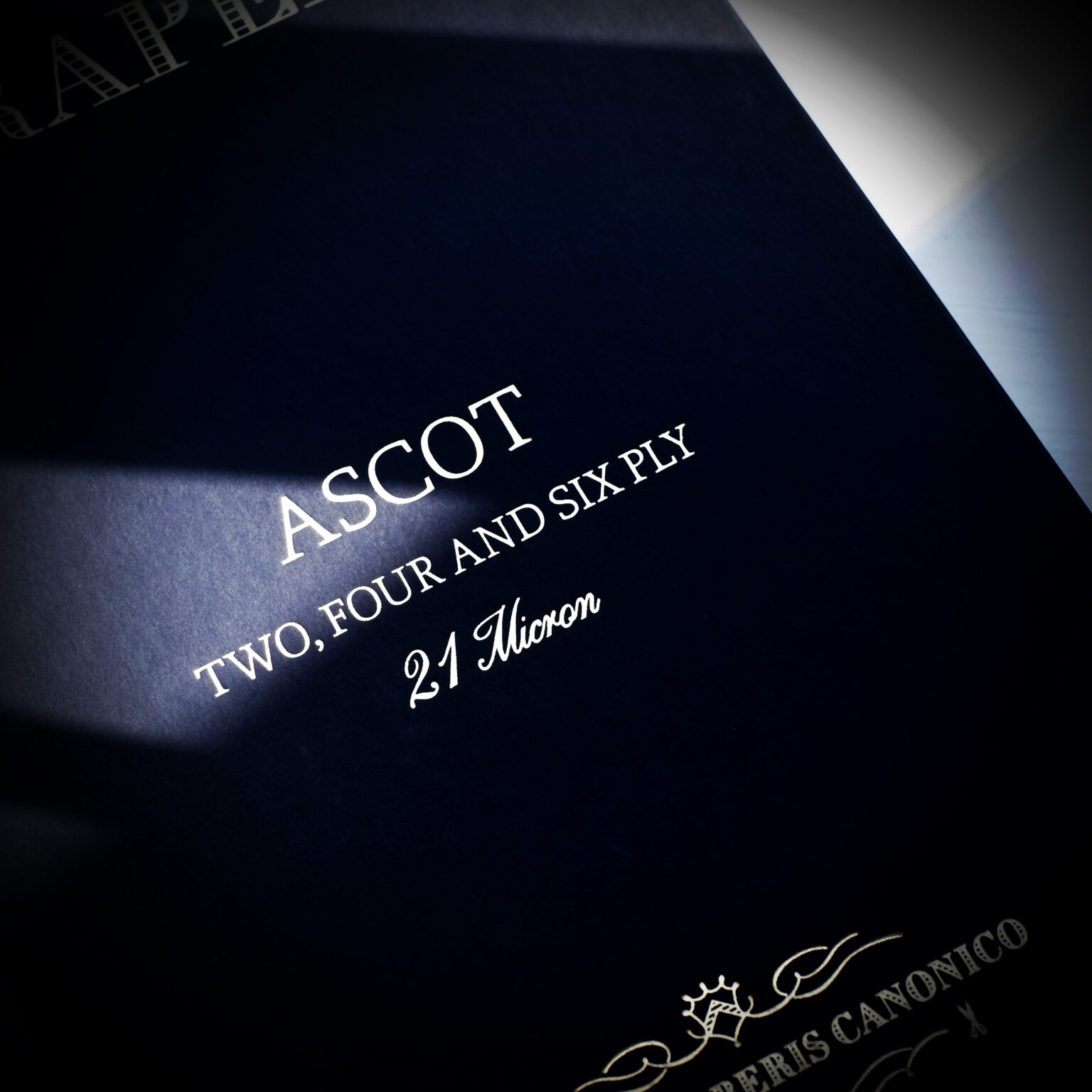Following my recent post about high twist fabric, I feel that I should also talk about the concept of ply and its impact on the fabric. Ply is the number of yarns that are twisted around one another to create one single thread. That thread is then used to weave a fabric. Now that we know what it means, so how does ply affect the performance and characteristics of the fabric. Yarns with higher ply number is stronger and hence more durable and result in less wrinkly fabrics, but at the same time it will be heavier and usually thicker. Does that mean a high ply number fabric is always thicker than a low ply number fabric? The answer is not always necessary. We also have to look at the yarn count to determine the overall weight and thickness of the fabric. Having said that, most of the time, when you see a 3-ply or even higher number ply fabric, the yarn count is usually not high, you will be looking at around 18-21 micron (approx. 80’s or lower) rather than 17 micron or below (approx. 130’s or higher). The reason is the more ply we have in a fabric, the more yarn it will be required and hence more expensive. At the same time, for people who prefer high ply number fabrics, they are mostly looking for a fabric with better durability, drape and wrinkle resistance, therefore the yarn count would not be the main concern in this case.



